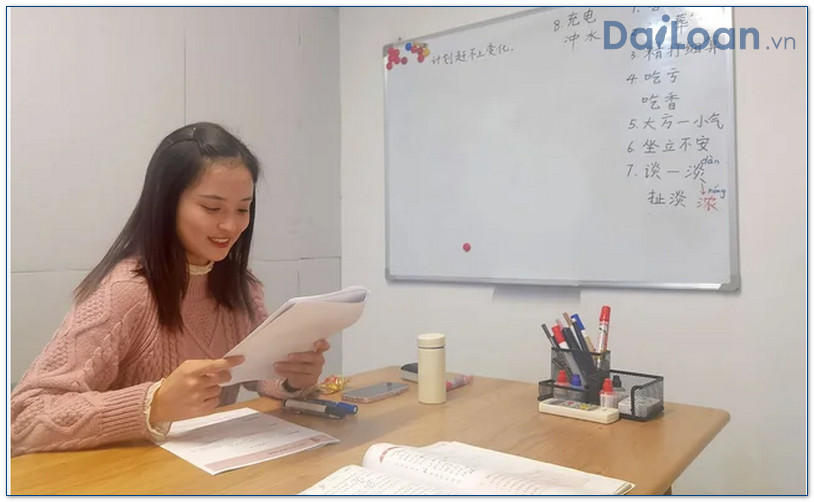The Chinese idiom 首屈一指 (shǒu qū yì zhǐ) is a fascinating expression that showcases the richness of the language. In this article, we will explore its meaning, grammatical structure, and provide example sentences to illustrate its usage.
Understanding the Meaning of 首屈一指
首屈一指 is an idiomatic expression that translates roughly to “top-notch” or “second to none.” The phrase is often used to denote excellence or superiority in a particular field. To fully grasp its connotation, let’s break down the components:
- 首 (shǒu) – means “first” or “head.” It suggests being at the forefront.
- 屈 (qū) – means “to bend” or “to yield.” This term implies a kind of submission or recognition of excellence.
- 一 (yì) – means “one.” This numeral emphasizes uniqueness.
- 指 (zhǐ) – means “to point.” This indicates direction or focus.
Together, these words convey the idea of something being the best or foremost, as if it were the first point of reference in a discussion about quality or status.
Grammatical Structure of 首屈一指
The idiom 首屈一指 follows a typical structure found in many Chinese idioms, known as “four-character phrases” or 四字成语 (sì zì chéng yǔ). This structure adds rhythmic and mnemonic quality to the expression, making it easier to remember and use. Here’s a closer look at the grammatical components:
Sentence Structure
In usage, 首屈一指 is often employed as an adjectival phrase that modifies nouns, typically indicating the excellence of a specific subject. The grammatical placement can be articulated as follows:
[Subject] + 是 + 首屈一指 + [Noun]
For example:
这道菜是首屈一指的。 (Zhè dào cài shì shǒu qū yì zhǐ de) "This dish is second to none."
Example Sentences Using 首屈一指
To solidify our understanding of 首屈一指, here are several example sentences across different contexts:
Example 1: In Culinary Context
这家餐厅的牛肉菜是首屈一指的。 (Zhè jiā cāntīng de niúròu cài shì shǒu qū yì zhǐ de.) "This restaurant's beef dishes are top-notch."
Example 2: In Academic Context
他的学术研究在国际上是首屈一指的。 (Tā de xuéshù yánjiū zài guójì shàng shì shǒu qū yì zhǐ de.) "His academic research is second to none internationally."
Example 3: In Business Context
这家公司在科技领域首屈一指。 (Zhè jiā gōngsī zài kējì lǐngyù shǒu qū yì zhǐ.) "This company is at the forefront in the technology sector."
Example 4: In Sports Context
他在篮球比赛中是首屈一指的选手。 (Tā zài lánqiú bǐsài zhōng shì shǒu qū yì zhǐ de xuǎnshǒu.) "He is a top-notch player in the basketball competition."
Conclusion: The Significance of 首屈一指 in Modern Chinese
The idiom 首屈一指 (shǒu qū yì zhǐ) encapsulates a concept of excellence that transcends various fields, from culinary arts to technological advancements. Understanding such idioms not only enhances language proficiency but also deepens cultural appreciation. Whether you are a language learner or a culture enthusiast, incorporating phrases like 首屈一指 into your lexicon can enrich your communication and understanding of nuances in Mandarin Chinese.

Sứ mệnh của Chuyên là giúp đỡ và truyền cảm hứng cho các bạn trẻ Việt Nam sang Đài Loan học tập, sinh sống và làm việc. Là cầu nối để lan tỏa giá trị tinh hoa nguồn nhân lực Việt Nam đến với Đài Loan và trên toàn cầu.
CÓ THỂ BẠN QUAN TÂM
Du học Đài Loan
Lao Động Đài Loan
Việc Làm Đài Loan
Đơn Hàng Đài Loan
Visa Đài Loan
Du Lịch Đài Loan
Tiếng Đài Loan
KẾT NỐI VỚI CHUYÊN
Zalo: https://zalo.me/0936126566
Website: www.dailoan.vn




